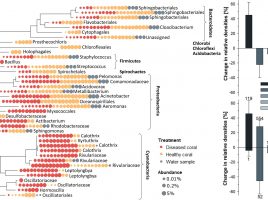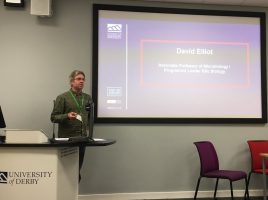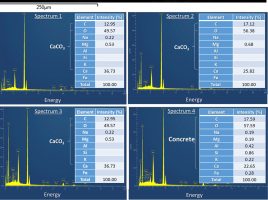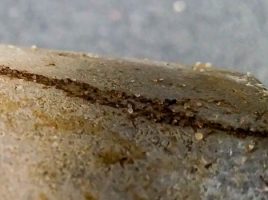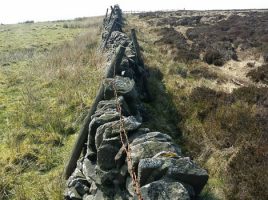The effect of soil incubation on bio self-healing of cementitious mortar
Successful implementation of bacteria-based self-healing in cracked cementitious materials requires the provision of a suitable incubation environment, which can activate the bacteria to produce e.g. calcium carbonate sealing the cracks. Research to date has focused on the self-healing process in humid air and water. However, almost all structures are built …
